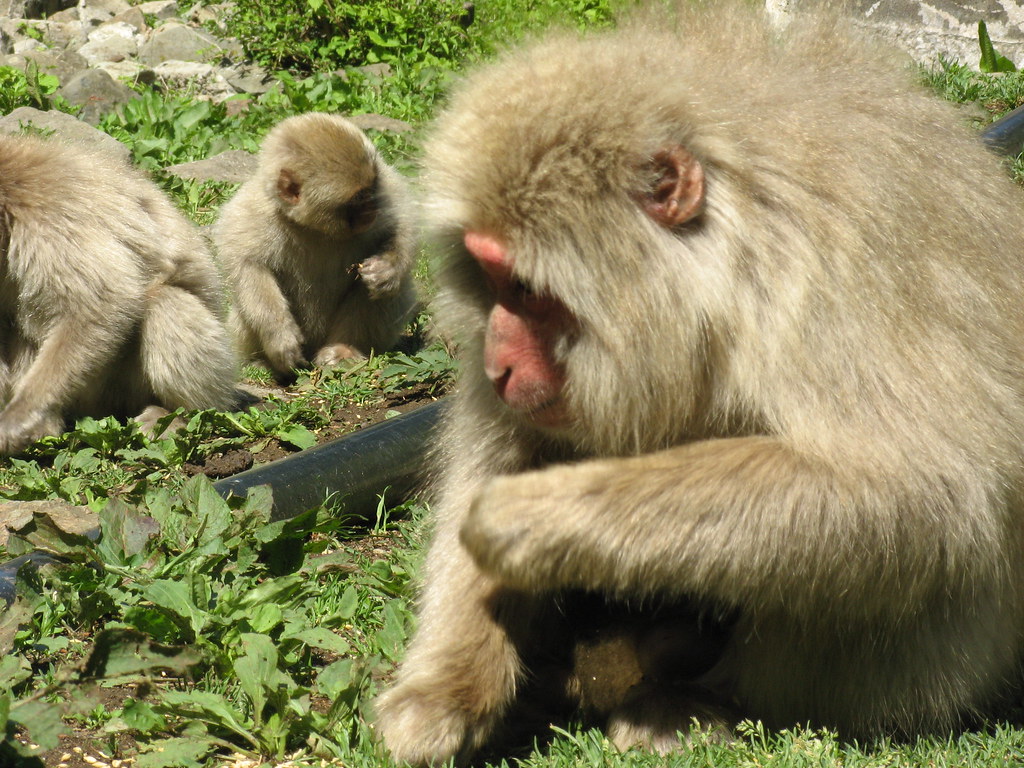5.4 Evolving Social Cognition
As mentioned in Chapter 4, the genus Homo experienced rapid expansion of the brain. Yet social cognition is not unique to humans. It is present in many species, particularly those who rely on cooperation to survive. Whether for hunting or protection, mating or caring for offspring, it is valuable to know the social rules by which your group lives and to be able to navigate one’s environment safely and effectively.
There are a few different hypotheses as to how or why social cognition evolves. Let’s explore those now.
Social Intelligence Hypothesis
The social intelligence hypothesis posits that social complexity leads to larger brains and sophisticated intelligence. According to this paradigm, it makes sense that Homo sapiens have one of the largest encephalization quotients; after all, we need to navigate extremely complex social systems, rules, and institutions – not to mention hierarchies. One of the initial proponents of the theory, Robin Dunbar, argued that this also explains why primates, including the apes and us, are among the biggest brain and most complex thinkers. Simply put – primate groups are among the largest social groups in all mammals.
This perspective is biased, even anthropocentric. It assumes complex hierarchies are the only challenges faced by species. For this reason, a new hypothesis began to emerge in the early 2000s.
Social Foraging Theory
In 2000, Luc-Alain Giraldeau and Thomas Caraco published their book Social Foraging Theory. Using foraging data from numerous species, the authors suggest that it was not social complexity and hierarchies that led to larger brains. Instead, they propose that foraging in groups requires individuals to navigate complex relationships and economics to obtain enough food while also keeping the peace.
The nice thing about social foraging theory is that it is applicable to a wider range of species. It also incorporates social hierarchies as part of the process, because individuals must avoid exploiting others in their group lest they be ostracized for not sharing. This makes more sense and includes species who do not have strict, linear hierarchies, instead living in small bands of intergenerational groups, like wolves – and early humans.

Coevolution of Cooperation and Cognition
In 2018, Miguel dos Santos and Stuart A. West offered evidence to refine these theoretical frameworks. Using analytical modeling and computer simulations, they argue that cooperation and cognition can coevolve through a positive feedback loop. Beginning with cooperation, the authors state, enhanced cognition becomes beneficial, leading to improvements in cooperation, and ultimately stabilizing increasing group size regardless of biological relatedness.
It is quite common that evidence supports a middle ground or combination of hypotheses rather than the extremes. This is largely due to the complexity of life, cognition, cooperation, social interactions, and the many other ways in which species must live and navigate their world.

